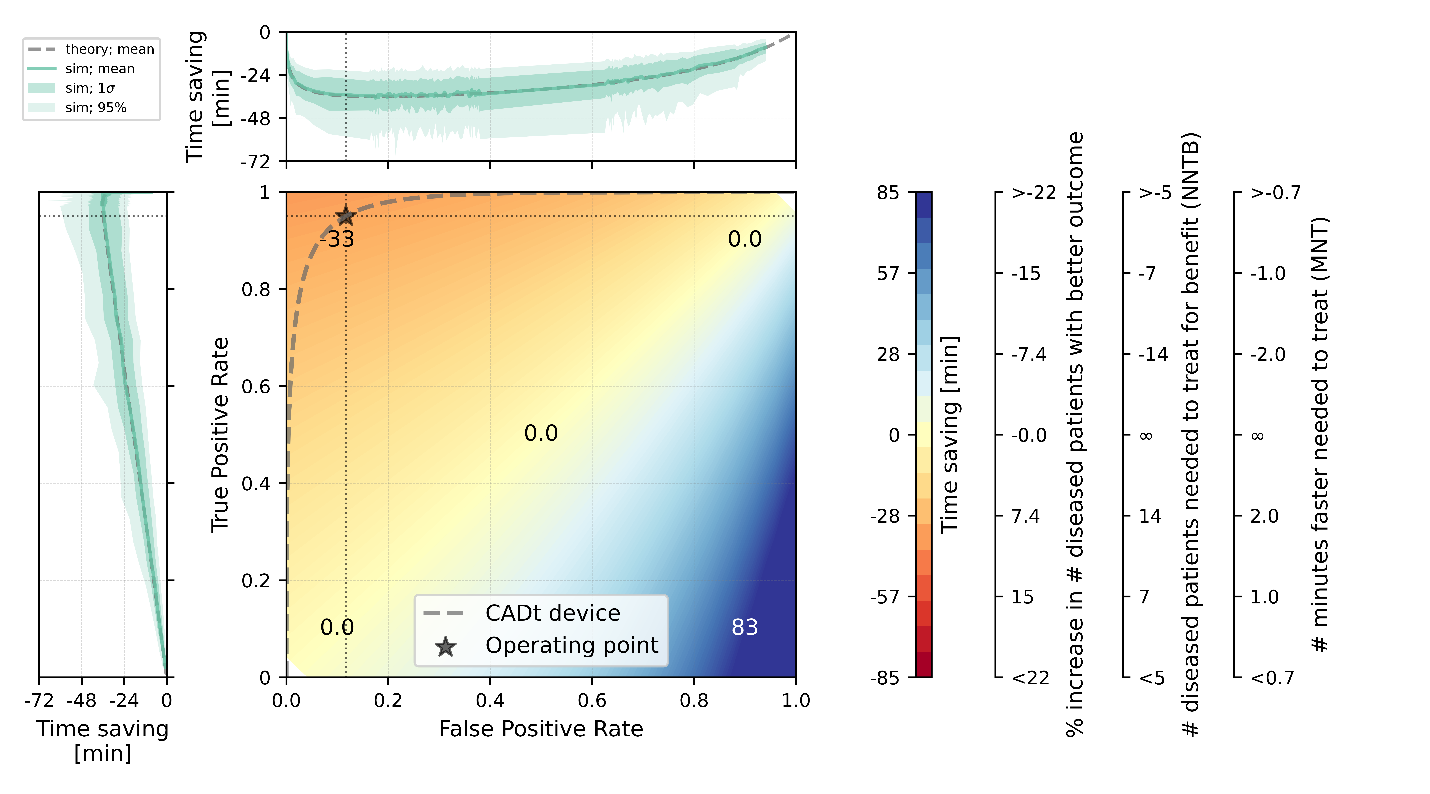Regulatory Evaluation of New Artificial Intelligence (AI) Uses for Improving and Automating Medical Practices
Overview
The FDA’s Center for Devices and Radiological Health (CDRH) has a clear regulatory approach for many types of artificial intelligence (AI)-enabled devices, but new clinical indications or new types of AI require novel assessment paradigms (for both non-clinical and clinical testing) to determine safety and effectiveness. AI models intended for rule-out and triage have different practical applications and regulatory implications compared with models intended to help clinicians improve their diagnostic accuracy. Although most AI-enabled devices currently on the market are diagnostic, new devices that are designed for prognosis, treatment response prediction, risk assessment, therapy, improved image acquisition, and multi-class classification require different assessment metrics and reference standards.
The use of natural language processing and large language models in the development or the operation of medical devices gives rise to new questions in device assessment. New types of AI that combine multiple types of data sources (for example, data from radiology, physiology, pathology, patient demographics, and electronic health record) demand research on questions about data harmonization and missingness.
Projects
- Assessment of Video-based Detection AI for Endoscopy
- Validate a Computer Aided Triage Device (CADt) Time-saving Evaluation Tool (QuCAD) in a Clinical Workflow with Multiple CADt Devices and/or Disease Conditions
- Multi-omics Prediction of Metastatic Breast Cancer Progression and Drug Response
- Evaluating Large Language Models in the Generation of Radiology Reports
Resources
- QuCAD: Software to Evaluate Wait-Time-Saving Benefits of Computer-Aided Triage and Notification (CADt) Devices Based on Queueing Theory | FDA Catalog of Regulatory Science Tools, 2023.
- Coroller et al. Methodology for Good Machine Learning with Multi-Omics Data. Clinical Pharmacology & Therapeutics, 2023.
- Thompson YLE, Levine G, Chen W, Sahiner B, Li Q, Petrick N, Samuelson F, “Wait-time-saving analysis and clinical effectiveness of computer-aided triage and notification (CADt) devices based on queueing theory,” Proceedings SPIE Medical Imaging; 120350Q (2022).
For more information, email OSEL_AI@fda.hhs.gov.

